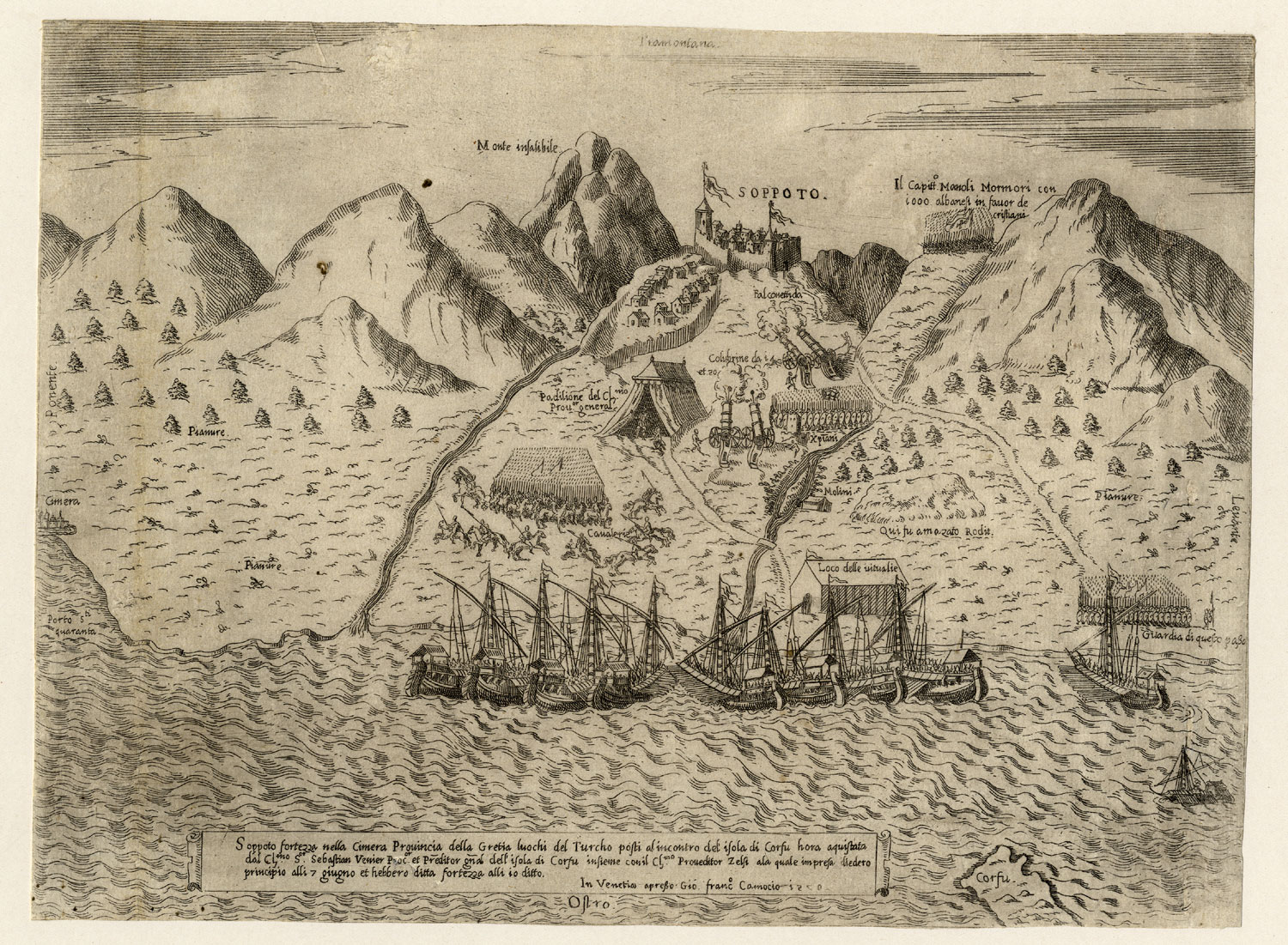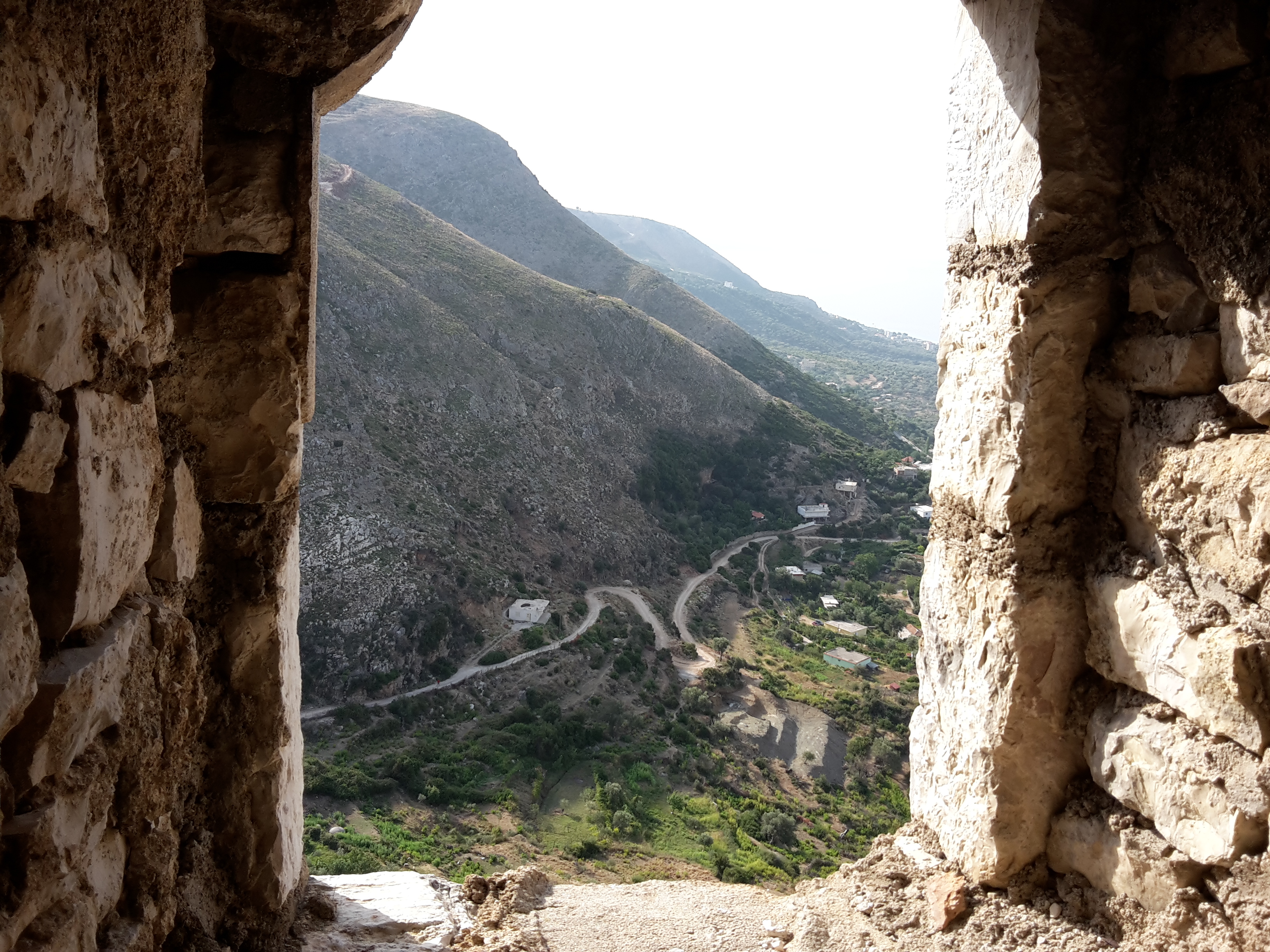Borsh Castle on:
[Wikipedia]
[Google]
[Amazon]
 Borsh Castle ( sq, Kalaja e Borshit) also known as Sopot Castle ( sq, Kalaja e Sopotit) from the hill it is located, is a ruined castle near the village Borsh,
Borsh Castle ( sq, Kalaja e Borshit) also known as Sopot Castle ( sq, Kalaja e Sopotit) from the hill it is located, is a ruined castle near the village Borsh, 

 The site is first mentioned in the early 13th century, when archbishop
The site is first mentioned in the early 13th century, when archbishop
 Borsh Castle ( sq, Kalaja e Borshit) also known as Sopot Castle ( sq, Kalaja e Sopotit) from the hill it is located, is a ruined castle near the village Borsh,
Borsh Castle ( sq, Kalaja e Borshit) also known as Sopot Castle ( sq, Kalaja e Sopotit) from the hill it is located, is a ruined castle near the village Borsh, Albania
Albania ( ; sq, Shqipëri or ), or , also or . officially the Republic of Albania ( sq, Republika e Shqipërisë), is a country in Southeastern Europe. It is located on the Adriatic and Ionian Seas within the Mediterranean Sea and shares ...
, near the coast of the Ionian Sea. Inside the castle is the 17th-century Hajji Bendo Mosque
The Hajji Bendo Mosque ( sq, Xhamia e Haxhi Bendos) or Haji Bedo Mosque () is an Ottoman-era mosque built before the 17th century inside the Borsh Castle of Himara, Albania. It is on the Sopot hill.
The dome, which used to be of red tiles, is ...
from Ottoman times.

History
The castle dates to Antiquity, and its fortifications follow the trace of an acropolis, with four subsequent phases of reconstruction, ranging from the earlyByzantine
The Byzantine Empire, also referred to as the Eastern Roman Empire or Byzantium, was the continuation of the Roman Empire primarily in its eastern provinces during Late Antiquity and the Middle Ages, when its capital city was Constantinopl ...
period to the late Middle Ages
In the history of Europe, the Middle Ages or medieval period lasted approximately from the late 5th to the late 15th centuries, similar to the post-classical period of global history. It began with the fall of the Western Roman Empire ...
. The name "Sopot" is of Slavic origin. In medieval Greek documents, the castle is named ''Sopoton'' or ''Sopotos'', from which its name in other languages derives; its harbour is mentioned in Greek portolans with the name ''Gazopolis''.

 The site is first mentioned in the early 13th century, when archbishop
The site is first mentioned in the early 13th century, when archbishop Demetrios Chomatenos Demetrios Chomatenos or Chomatianos ( el, Δημήτριος Χωματηνός/Χωματιανός, 13th century), Eastern Orthodox Archbishop of Ohrid from 1216 to 1236, was a Byzantine priest and judge.
His comprehensive legal education allowed ...
wrote of the " archonship of ''Sopotos''" ( gr, ἀρχοντία Σοπωτοῡ, ''archontia Sopotou''), part of the region of Vagenetia Vagenetia or Vagenitia ( gr, Βαγενετία, Βαγενιτία) was a medieval region on the coast of Epirus, roughly corresponding to modern Thesprotia. The region likely derived its name from the Slavic tribe of the Baiounitai. It is first a ...
. In 1258, the Despot of Epirus
The despot of Epirus was the ruler of the Despotate of Epirus, one of the successor states of the Byzantine Empire in the aftermath of the Fourth Crusade. The name "Despotate of Epirus" and the title "despot of Epirus" are modern historiographical ...
Michael II Komnenos Doukas
Michael II Komnenos Doukas, Latinized as Comnenus Ducas ( el, Μιχαήλ Β΄ Κομνηνός Δούκας, ''Mikhaēl II Komnēnos Doukas''), often called Michael Angelos in narrative sources, was from 1230 until his death in 1266/68 the rule ...
gave the castle along with Buthrotum
Butrint ( el, Βουθρωτόν and Βουθρωτός, ''Bouthrōtón'', la, Buthrōtum) was an ancient Greek and later Roman city and bishopric in Epirus. "Speakers of these various Greek dialects settled different parts of Greece at differen ...
and the island of Corfu as dowry for his daughter Helena to Manfred, King of Sicily
Manfred ( scn, Manfredi di Sicilia; 123226 February 1266) was the last King of Sicily from the Hohenstaufen dynasty, reigning from 1258 until his death. The natural son of the Holy Roman Emperor Frederick II, Manfred became regent over the ...
. It came back under Epirote control soon thereafter, before being once again ceded by Nikephoros I Komnenos Doukas
Nikephoros I Komnenos Doukas, Latinized as Nicephorus I Comnenus Ducas ( el, Νικηφόρος Κομνηνός Δούκας, Nikēphoros Komnēnos Doukas; – ) was ruler of Epirus from 1267/8 to his death in 1296/98.
Life
Born around 1240 ...
to Charles I of Anjou in 1279. The area returned again to Epirote hands in the subsequent decades, but in the Epirote rebellion against Palaiologan Byzantine rule in 1338–39, it remained loyal to Emperor Andronikos III Palaiologos.
Following the Ottoman conquest, a cadaster from 1431 lists ''Sopot'' with 60 households, and as capital of a ''nahiye
A nāḥiyah ( ar, , plural ''nawāḥī'' ), also nahiya or nahia, is a regional or local type of administrative division that usually consists of a number of villages or sometimes smaller towns. In Tajikistan, it is a second-level division w ...
''. In 1456, troops of King Alfonso V of Aragon were operating in the area of ''Sobato'' against the Ottomans. In 1470 it was under Venetian control, under the jurisdiction of the governor of Corfu; at the end of the Ottoman–Venetian War of 1463–1479, the Ottomans laid claim to it and apparently received it. In 1481 Albanians led by Gjon Kastrioti II
Gjon II Kastrioti ( it, Ioanne Castrioto,Theodore Spandounes (Spandugnino), De la origine deli Imperatori Ottomani, Sathas, C. N. (ed.) (1890) Documents inédits relatifs à l'histoire de la Grèce au moyen âge, IX (Paris), p. 159 Giovanni Cast ...
invaded Southern Albania
Southern Albania ( sq, Shqipëria jugore) is one of the three NUTS-2 Regions of Albania. This ethnographical territory is sometimes referred to as ''Toskeria'' ( sq, Toskëria).
It consists of five counties: Berat, Fier, Gjirokastër, Korç ...
from Italy and captured the castle, but retreated in 1484. In 1488 the local Albanian population rebelled against Ottoman rule.
The walls of the castle, which follow the ancient fortifications, survive. In the interior, the medieval fortress was divided through a wall in two. Triangular towers were added later, probably during the middle Byzantine period. In the interior of the castle stand ruins of various buildings and cisterns.
See also
* Borsh *List of castles in Albania
This article lists the castles and fortifications of Albania. There are a total of 158 castles and fortifications in the country that have achieved the status of monument of cultural heritage. The English equivalent for ''Kala'' in Albanian is ''F ...
*Tourism in Albania
Tourism in Albania has been a key element to the country's economic activity and is constantly developing. It is characterized by its rich archaeological and cultural heritage dating back to the classical period when Illyrians and Ancient Gre ...
References
Sources
* * {{Castles in Albania Ruined castles in Albania Buildings and structures in Himara Byzantine forts